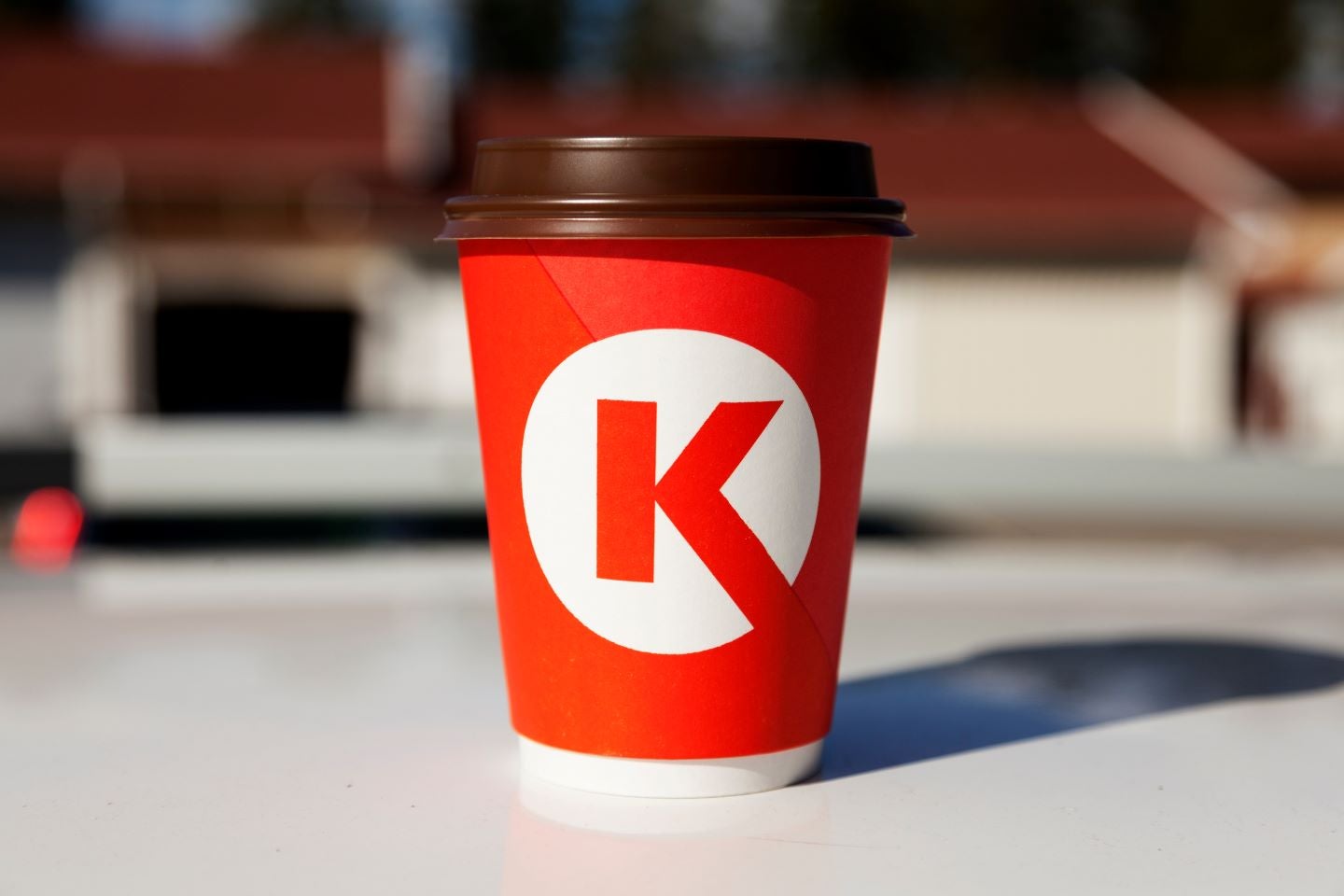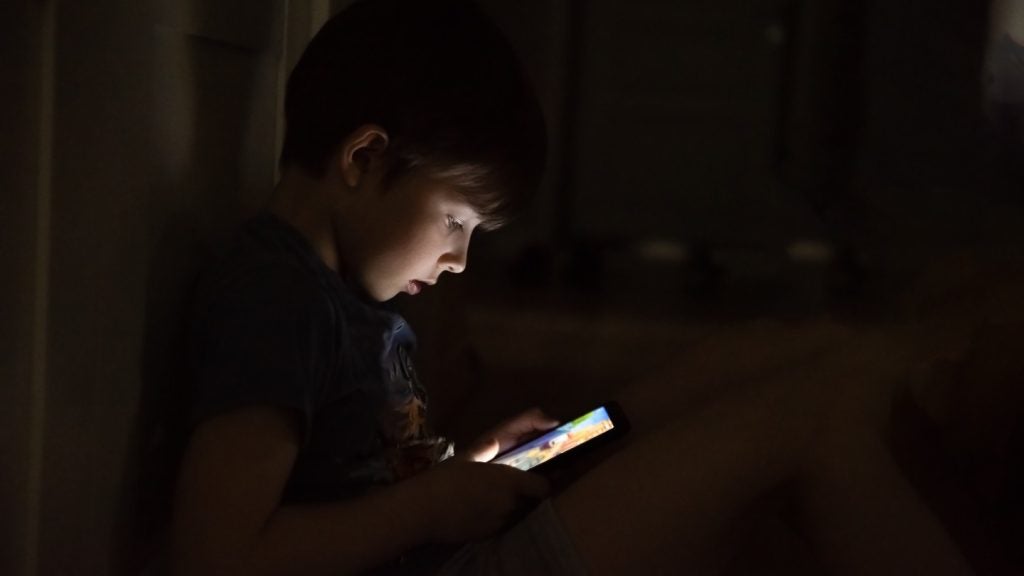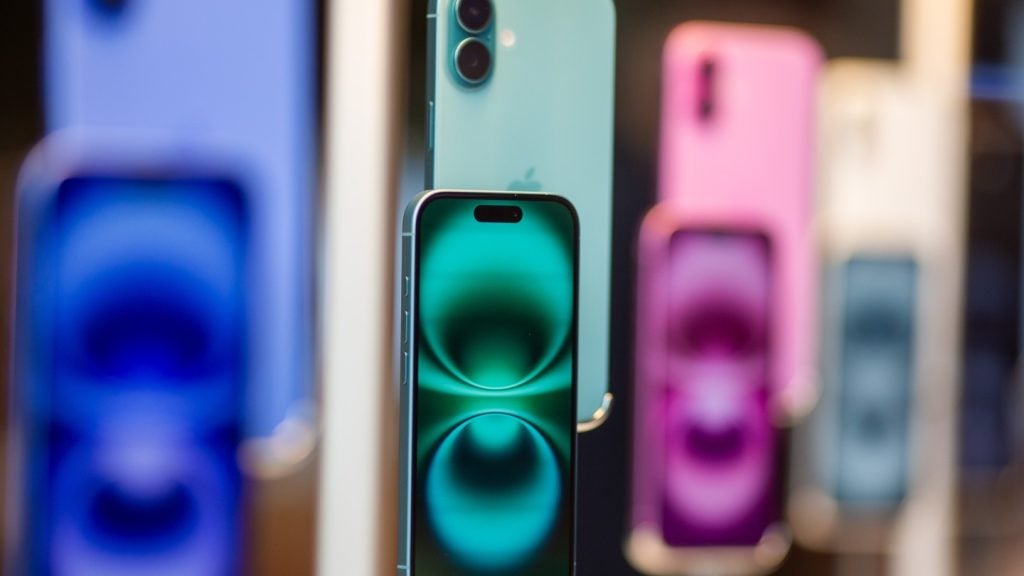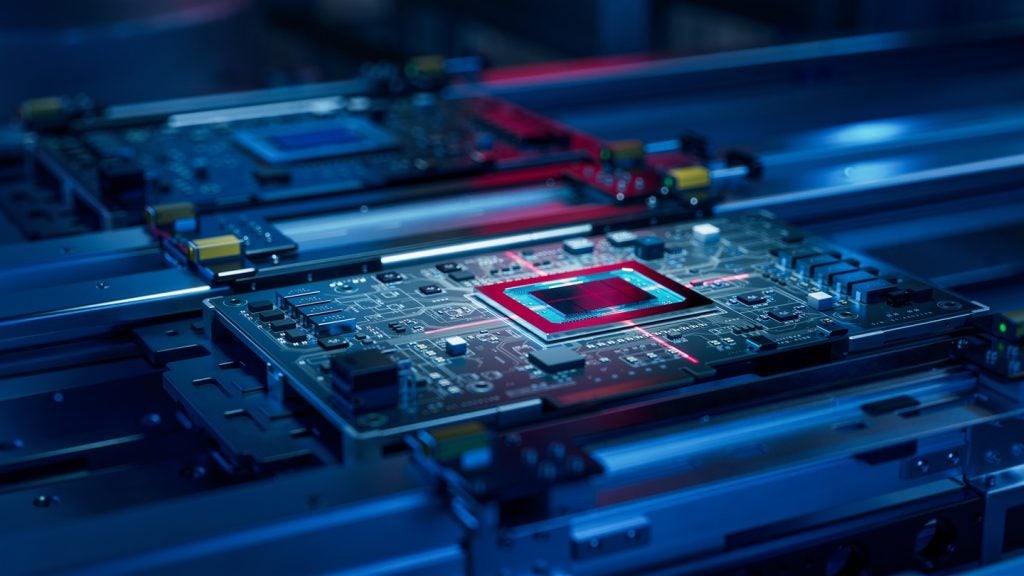The global augmented reality (AR) market is set to hit $100bn by 2030, and as vendors dabble in headsets and smart glasses, so too is the world of advertising embracing this latest technology. Beguiling unwitting consumers with an enchanting blend of real life and virtual reality, brands are adopting AR strategies to lure in potential buyers and cinch new customers.
The success of AR gaming
Pokémon Go was launched in the reckless days of 2016. Players all but needed to download an app onto their smartphone, and the rest, thanks to the simple gameplay, was easy. The game creates virtual Pokémon that are scattered throughout the real world, with players needing to be physically close to one’s location to see it through their mobile screen. Once the sought-after Pokémon is found, it can be caught by swiping the on-screen ball.
The game was a phenomenon. It hit 232 million active players in its debut year as users scampered out onto the streets to scout out their nearest Growlithe, Voltorb, or Nidoran. Cities were alive, doors flew open, and players of all ages flooded out into the world, hoping desperately to ‘Catch ‘Em all’.
Niantic’s Rewarded AR Ads
The opportunity to advertise via a game of such success, and to capitalise off the clear intrigue of engaging augmented reality, became obvious to Niantic. Niantic is a global leader in AR and recently launched its new Rewarded AR ads format during the Cannes Lions International Festival of Creativity. Rewarded AR ads use the smartphone camera to immerse players with branded content in the real world around them. It is powered by the company’s AR development platform 8th Wall, which has already been used to create thousands of WebAR marketing campaigns for top brands.
Niantic used the platform of the still-popular Pokémon Go to play out its rewarded AR ads. Not only can users stumble upon the thrill of a Bulbasaur, but also upon a brand’s latest product that, of course, their lives would be incomplete without. In the case of Circle K, this was a cup of coffee.
Circle K, a leading convenience retailer, successfully piloted the rewarded AR ads. A floating balloon in-game was presented to players on the hunt for a Pokémon, and, after tapping on the ad and opening their camera, they could interact with a 3D Circle K coffee cup. Once they had done this, players were prompted to get a physical cup of coffee at a nearby Circle K store. The campaign saw enormous success and a remarkable discovery was made: Pokémon Go fans, indeed, are also coffee aficionados.
How well do you really know your competitors?
Access the most comprehensive Company Profiles on the market, powered by GlobalData. Save hours of research. Gain competitive edge.

Thank you!
Your download email will arrive shortly
Not ready to buy yet? Download a free sample
We are confident about the unique quality of our Company Profiles. However, we want you to make the most beneficial decision for your business, so we offer a free sample that you can download by submitting the below form
By GlobalDataThe average engagement rate was 76%, with an average completion rate of 95% for the experience. With the success of the campaign, and roughly 80% of players indicating that AR ads are a good idea, mobile AR and WebAR seem set to increasingly gain prominence in the advertising market.









Related Company Profiles
Niantic Inc